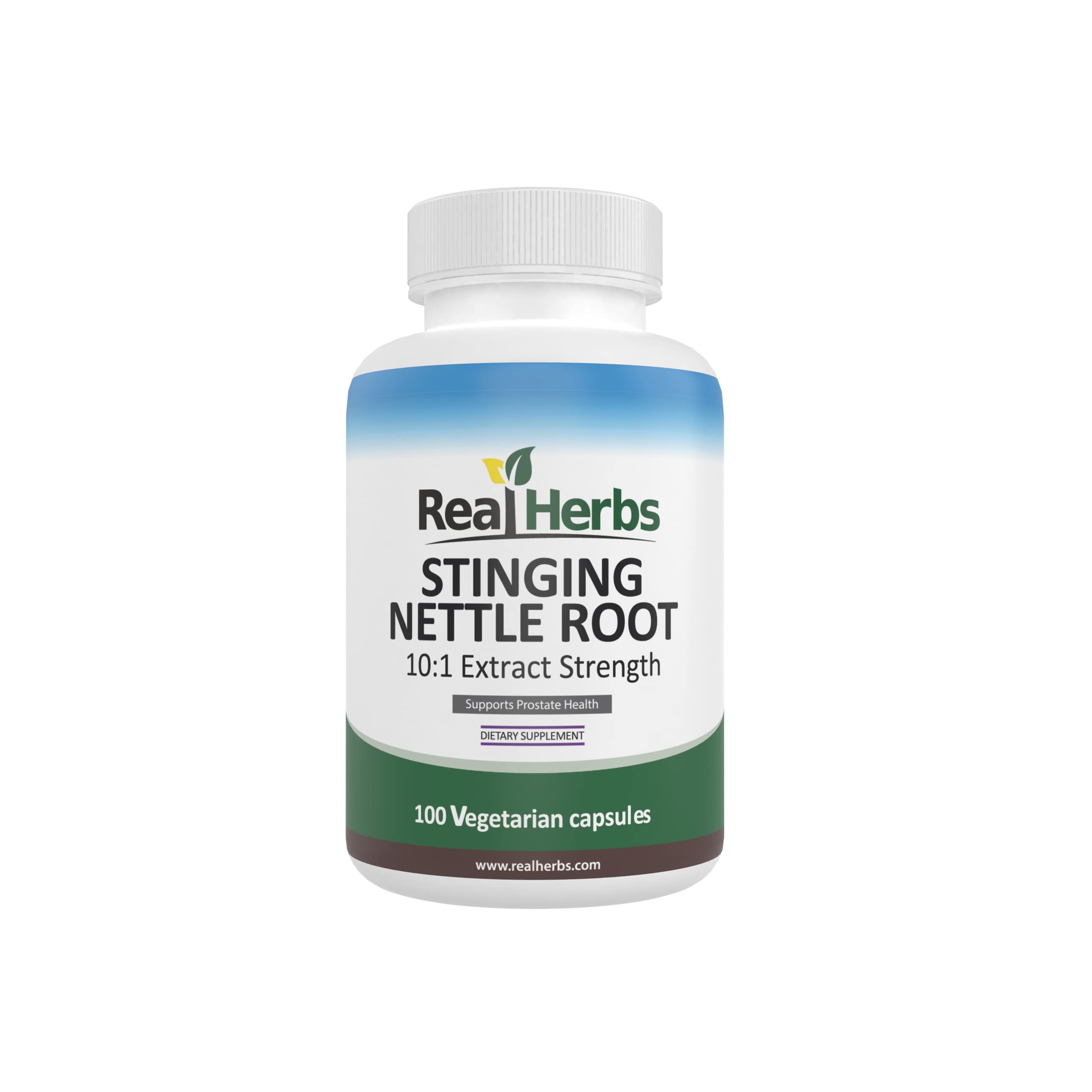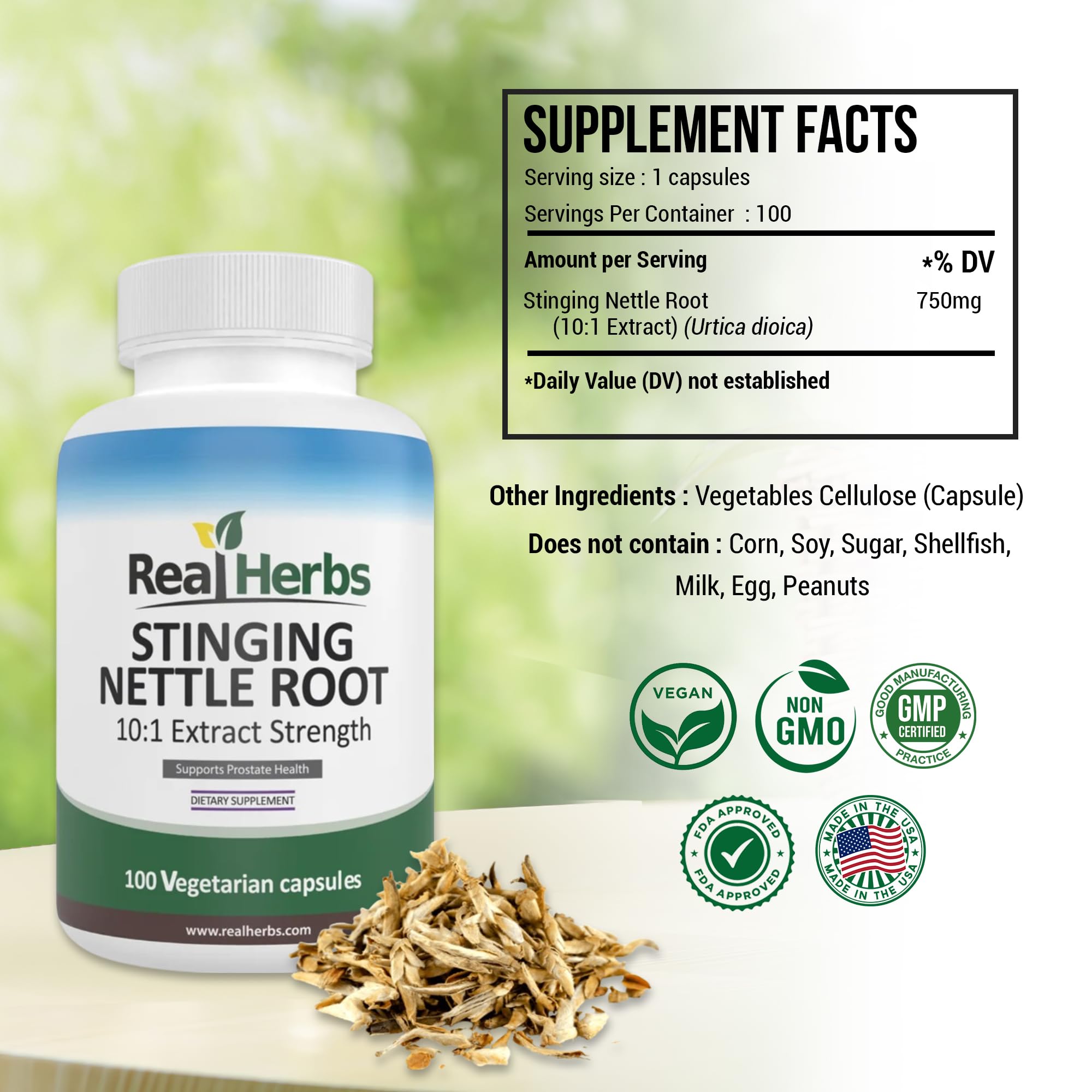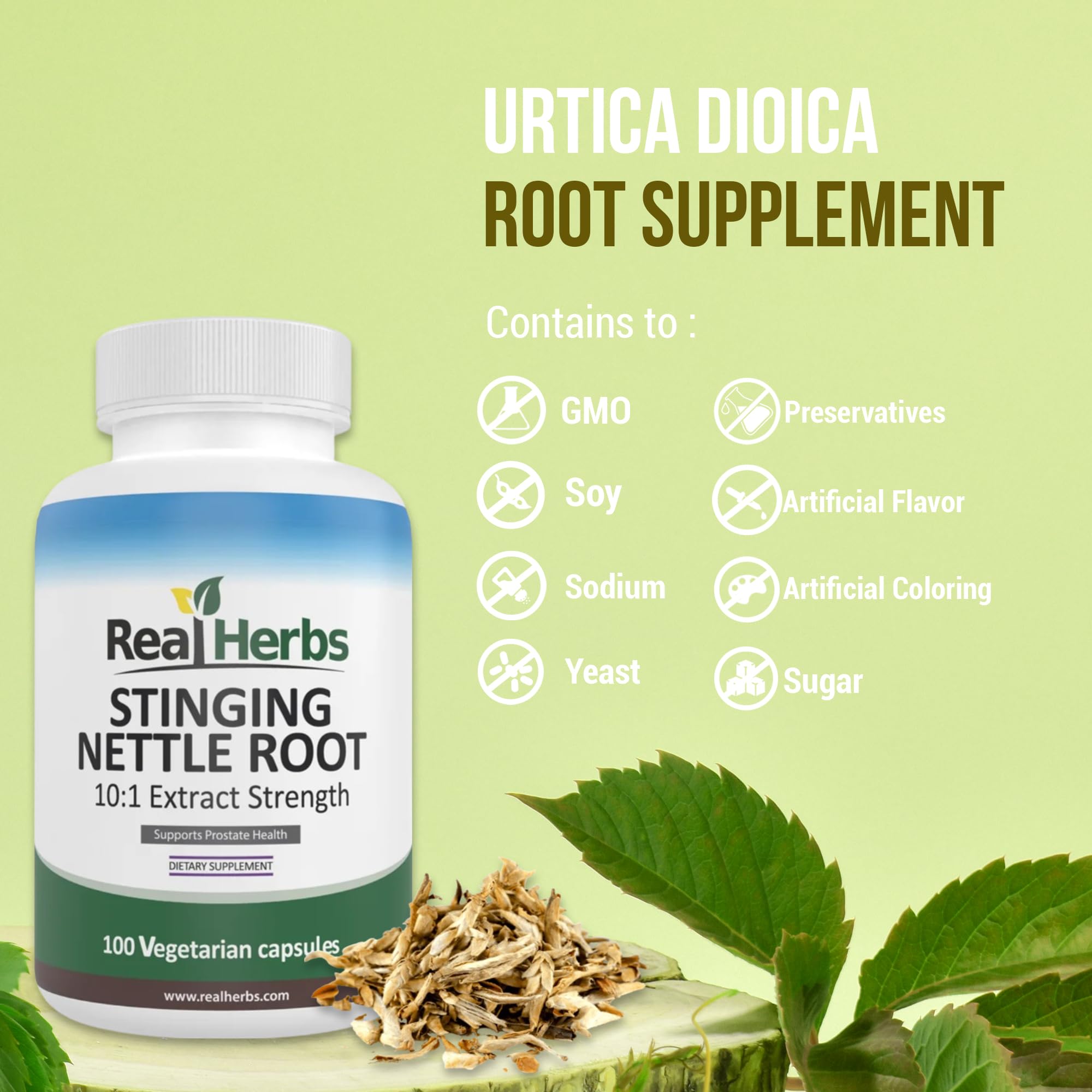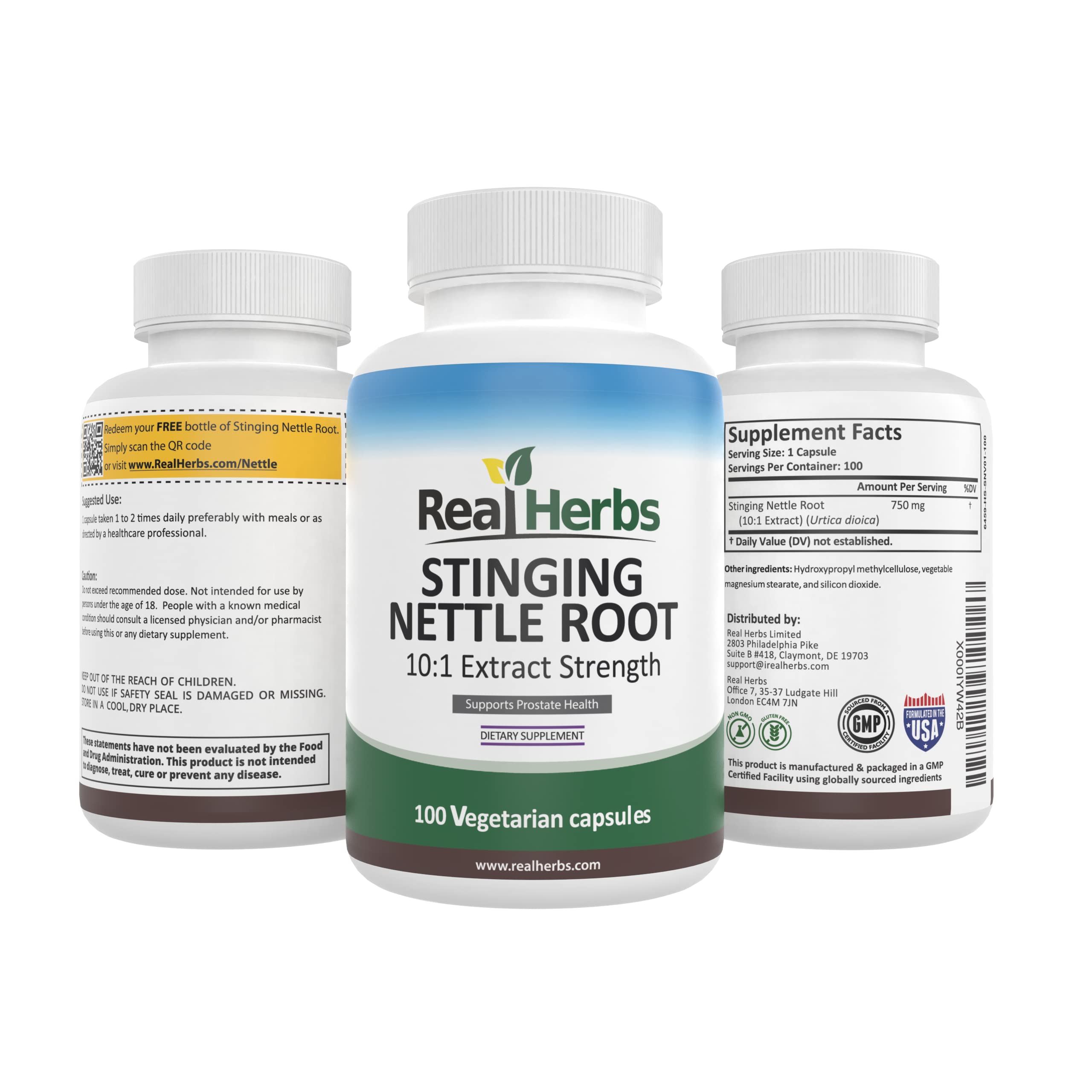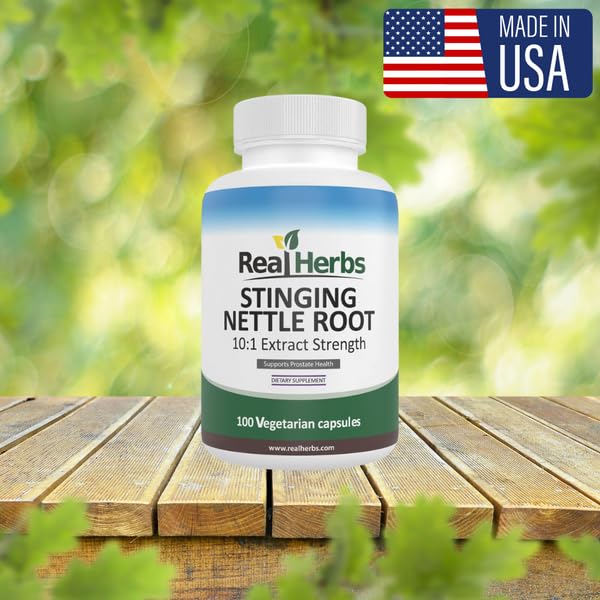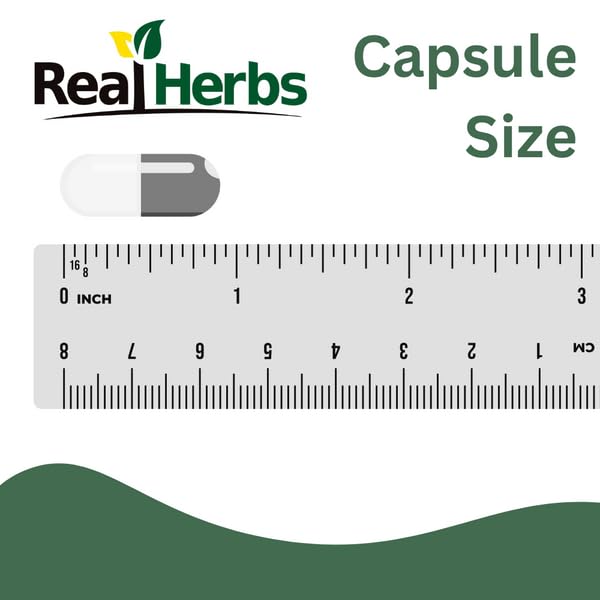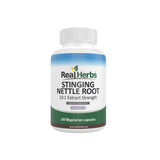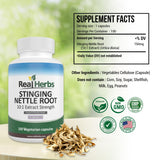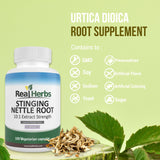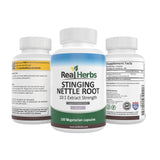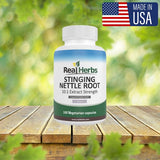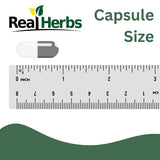Stinging Nettle Root and Arthritis Relief: How It Works
Stinging Nettle Root and Arthritis Relief:
How It Works
Exploring the anti-inflammatory potential of this botanical for joint health.
Arthritis: A Challenge to Joint Health
Arthritis, characterized by joint inflammation, pain, stiffness, and reduced mobility, affects millions worldwide. While conventional treatments offer significant relief, many individuals explore complementary therapies, including botanical remedies, to manage their symptoms and improve quality of life. Among these, stinging nettle (Urtica dioica) has emerged as a herb with a long history of use for inflammatory conditions, particularly those affecting the joints. While its leaves are more commonly associated with general anti-inflammatory effects and topical applications for joint pain, recent interest has grown in how **stinging nettle root** might contribute to arthritis relief, leveraging its unique compounds and systemic actions.
This article delves into the potential of stinging nettle root for arthritis relief, exploring its mechanisms of action, available scientific evidence, and practical considerations for its use. We will uncover how this versatile part of the nettle plant may work to alleviate the discomfort associated with various forms of arthritis.

The Anti-Inflammatory Science of Stinging Nettle Root
The primary way **stinging nettle root** is thought to contribute to arthritis relief is through its potent anti-inflammatory properties. While much of the historical and scientific evidence for nettle and arthritis has focused on the leaf (both oral and topical), the root contains a distinct profile of bioactive compounds that can exert systemic anti-inflammatory effects. These include:
- Phytosterols: Compounds like beta-sitosterol are present in nettle root and are known for their anti-inflammatory and immunomodulatory effects. They can influence various inflammatory pathways in the body [1].
- Lignans: Unique to the root, lignans (e.g., secoisolariciresinol) are phytoestrogens that can have antioxidant and anti-inflammatory activities. Their interaction with hormonal pathways, while primarily studied for prostate health, may also indirectly influence inflammatory processes [2].
- Polysaccharides: Nettle root contains polysaccharides that may have immune-modulating effects, potentially helping to regulate the body's inflammatory response [3].
- Phenolic Compounds: While nettle leaves are richer in certain polyphenols, the root also contains various phenolic acids which contribute to its overall antioxidant and anti-inflammatory capacity [2].
These compounds are believed to interfere with the production and signaling of inflammatory mediators (such as cytokines and prostaglandins) that drive the pain and swelling in arthritic joints. By modulating the immune response and reducing systemic inflammation, stinging nettle root may help mitigate arthritis symptoms.
Scientific Evidence for Stinging Nettle Root in Arthritis
While the majority of clinical research on nettle for arthritis has focused on the leaf, and especially topical applications, the systemic anti-inflammatory potential of the root suggests a role in supporting joint health. It is important to clarify the level of evidence for root-specific applications.
Evidence from Nettle (General) and Topical Applications:
- Osteoarthritis: Several human studies have investigated the use of nettle (often leaf or topical preparations) for osteoarthritis. For instance, a 2007 human study found that applying a stinging nettle cream significantly reduced pain in arthritis-affected areas compared to a placebo [4]. Another study noted that taking a supplement containing nettle extract reduced arthritis pain, allowing participants to reduce their dose of anti-inflammatory pain relievers [5].
- Rheumatoid Arthritis: Early research and anecdotal evidence suggest nettle's potential in managing symptoms of rheumatoid arthritis due to its immune-modulating effects. However, more robust human clinical trials specifically on nettle root for this condition are needed.
- Traditional Use: Historically, both internal and external applications of stinging nettle have been used for rheumatic conditions, including applying fresh nettle directly to painful joints (urtication) to create a counter-irritant effect [6]. This traditional use underscores the plant's long-recognized association with joint pain relief.
Specific to Nettle Root for Arthritis:
While nettle root's primary clinical research has focused on Benign Prostatic Hyperplasia (BPH) due to its unique hormone-modulating lignans, the overlap in anti-inflammatory mechanisms with the leaf suggests potential for arthritis. However, direct human studies isolating nettle root's efficacy solely for arthritis relief are less common than for the leaf. Its contribution to joint health is often inferred from its general anti-inflammatory profile and its presence in some combination supplements for joint support. Further dedicated research is needed to fully delineate the specific benefits and optimal dosages of nettle root for various arthritic conditions.
Nettle Root vs. Conventional & Other Herbal Alternatives
When considering stinging nettle root for arthritis relief, it's useful to compare its approach to conventional treatments and other natural options.
- Vs. NSAIDs (Non-Steroidal Anti-Inflammatory Drugs): Conventional NSAIDs like ibuprofen or naproxen are highly effective for acute pain and inflammation. Nettle root, while anti-inflammatory, is generally considered a slower-acting, supportive therapy for chronic management. It offers a natural alternative that may have fewer gastrointestinal side effects than long-term NSAID use, but it should not replace prescribed medications without medical consultation.
- Vs. Disease-Modifying Antirheumatic Drugs (DMARDs): For autoimmune forms of arthritis like Rheumatoid Arthritis, DMARDs are crucial for slowing disease progression. Nettle root is not a replacement for these powerful medications but could potentially be explored as an adjunct therapy under medical supervision to help manage symptoms.
- Vs. Turmeric, Ginger, Boswellia: These are well-known anti-inflammatory herbs with more extensive research on arthritis. Nettle root can be seen as complementary to these, offering a different spectrum of anti-inflammatory compounds. Many herbal approaches to arthritis involve combining multiple herbs for synergistic effects.
- Vs. Nettle Leaf: For arthritis, nettle leaf (especially dried leaf for tea or topical creams) has more direct and traditional usage. Nettle root's primary strength lies in prostate health, but its shared anti-inflammatory properties make it a relevant consideration for a holistic approach to joint health.
Nettle root offers a natural, often well-tolerated, option for those seeking supportive relief from arthritis. It's important to view it as part of a comprehensive management plan, not a standalone cure.
Usage Instructions: Dosage, Form, and Frequency
While specific dosages for stinging nettle root for arthritis relief are not as extensively standardized as for BPH, general guidelines for nettle root extracts can be followed, always with an emphasis on listening to your body and professional guidance.
- Common Forms: Stinging nettle root is most commonly available as standardized extracts in **capsules or tablets**. These are preferred due to their consistent potency. Tinctures are also available.
- General Dosage for Extracts: For general systemic anti-inflammatory support, dosages often fall within the range typically used for prostate health, which is **300 mg to 600 mg of a standardized extract per day**. This is usually taken in divided doses (e.g., 300 mg twice daily).
- Consistency is Key: Like many herbal remedies for chronic conditions, benefits for arthritis symptoms may not be immediate. Consistent daily use over several weeks to a few months is often required to observe noticeable improvements [5].
- With Meals: Taking the supplement with food can help enhance absorption and minimize potential gastrointestinal upset.
- Start Low, Go Slow: Begin with the lowest recommended dose and gradually increase if needed, while monitoring your symptoms and any side effects. Always adhere to the product's label instructions.
Always consult your healthcare provider or a qualified herbalist for personalized dosage advice, especially when addressing a chronic condition like arthritis.
Combining Stinging Nettle Root with Other Arthritis Supports
Stinging nettle root can be effectively integrated into a broader strategy for arthritis management, often synergistically combined with other natural remedies or as an adjunct to conventional treatments under medical supervision.
-
Other Anti-inflammatory Herbs:
- **Turmeric (Curcumin):** Widely researched for its potent anti-inflammatory effects, turmeric can complement nettle root's action by targeting different inflammatory pathways.
- **Ginger:** Known for its analgesic and anti-inflammatory properties, ginger can be a valuable addition for joint pain.
- **Boswellia (Frankincense):** This herb helps inhibit key inflammatory enzymes, offering another layer of anti-inflammatory support.
- Omega-3 Fatty Acids: Found in fish oil or flaxseed oil, omega-3s are renowned for their systemic anti-inflammatory benefits and can work well alongside nettle root.
- Glucosamine & Chondroitin: These supplements support cartilage health and may be combined with nettle root for comprehensive joint care.
- Dietary Changes: Adopting an anti-inflammatory diet rich in fruits, vegetables, whole grains, and lean proteins, while reducing processed foods, sugars, and unhealthy fats, can significantly enhance the effects of herbal and conventional therapies.
- Topical Nettle Preparations: While taking nettle root internally, consider using nettle leaf-based creams or salves topically on painful joints for localized relief.
Always discuss any combination therapy with your healthcare provider to ensure safety, avoid potential interactions, and create a truly holistic and effective arthritis management plan.
Safety Considerations & Potential Side Effects
Stinging nettle root is generally considered safe when used appropriately, but it's important to be aware of potential side effects and precautions, especially for individuals with arthritis or those on medication.
- Mild Digestive Upset: Some individuals may experience stomach upset, mild diarrhea, or constipation. Taking the supplement with food can often alleviate these symptoms [7].
- Allergic Reactions: Though uncommon, allergic reactions such as skin rash or itching can occur.
- Diuretic Effect: Nettle root may have a mild diuretic action, increasing urine output. Individuals with kidney issues or those taking prescription diuretics should exercise caution and consult their doctor [7].
- Blood Pressure Modulation: Nettle has been noted to potentially lower blood pressure [8]. If you have low blood pressure or are on antihypertensive medications, monitor your blood pressure closely.
- Blood Sugar Influence: Some evidence suggests nettle may affect blood sugar levels [9]. Diabetics, particularly those on glucose-lowering medications, should monitor their blood sugar vigilantly.
- Bleeding Risk: Due to potential effects on blood clotting (though more associated with nettle leaf and its Vitamin K content), caution is advised if you are on blood-thinning medications (anticoagulants or antiplatelets) [7].
- Pregnancy and Breastfeeding: Stinging nettle root is generally not recommended for pregnant or breastfeeding women due to insufficient safety data and potential hormonal influences.
- Pre-existing Conditions: Individuals with severe heart conditions, kidney disease, or autoimmune diseases should always consult their doctor before using stinging nettle root.
Always prioritize medical consultation, especially if you experience any adverse reactions or if your arthritis symptoms worsen.
Conclusion: Nettle Root as a Partner in Arthritis Management
Stinging nettle root, a traditionally valued botanical, holds promising anti-inflammatory properties that may offer supportive relief for arthritis symptoms. While much of the direct arthritis research on nettle pertains to its leaf and topical applications, the root's distinct profile of phytosterols and lignans contributes to systemic anti-inflammatory actions, making it a valuable addition to a holistic joint health regimen. Its ability to modulate inflammatory pathways suggests it can play a role in reducing pain and swelling associated with conditions like osteoarthritis.
When considering **stinging nettle root and arthritis relief**, it's essential to understand its mechanisms, choose high-quality standardized extracts, and adhere to appropriate dosages (typically 300-600 mg daily). Consistent use is key, and combining it with other well-researched anti-inflammatory herbs or integrating it into an anti-inflammatory lifestyle can enhance its benefits. Above all, always consult a healthcare professional to ensure it is the right choice for your specific type of arthritis and to safely integrate it with any existing medical treatments. Embrace the potential of nature's pharmacy to support your journey toward improved joint comfort and mobility.
Ready to Experience the Natural Difference?
Discover the natural difference of our premium Nettle Root extract. Crafted with purity and potency in mind, our product is designed to support your health journey naturally.
All our products are backed by our 100-Day Money-Back Guarantee!
"My husband's prostate issues have significantly improved with the Nettle Root. It's been a game-changer for his comfort." - David R.
Scientific Credibility & Citations
- Johnson, T. A., Sohn, J., Inman, W. D., Bjeldanes, L. F., & Rayburn, K. (2013). Lipophilic stinging nettle extracts possess potent anti-inflammatory activity, are not cytotoxic and may be superior to traditional tinctures for treating inflammatory disorders. *Phytomedicine*, 20(2), 143-147. PMID: 23269305
- Riehemann, K., Behnke, B., & Broer, J. (1999). Plant extracts from stinging nettle (*Urtica dioica*), an antirheumatic remedy, inhibit the proinflammatory transcription factor NF-kappaB. *FEBS letters*, 442(1), 89-94. PMID: 9923611
- Broer, J., & Behnke, B. (2002). Immunosuppressant effect of IDS 30, a stinging nettle leaf extract, on myeloid dendritic cells in vitro. *The Journal of Rheumatology*, 29(4), 659-666. PMID: 11950010
- Randall, C., Randall, H., Dobbs, F., Hutton, C., & Sanders, H. (2000). Randomized controlled trial of nettle sting for treatment of base-of-thumb pain. *Journal of the Royal Society of Medicine*, 93(6), 305-309. PMID: 10911825
- Chrubasik, J. E., Roufogalis, B. D., Wagner, H., & Chrubasik, S. (2007). A comprehensive review on the stinging nettle effect and efficacy profiles. Part II: Urticae radix. *Phytomedicine*, 14(8), 568-579. Link
- Devkota, H. P., Paudel, K. R., Khanal, S., Baral, A., Panth, N., Adhikari-Devkota, A., ... & Singh, S. K. (2022). Stinging Nettle (*Urtica dioica* L.): Nutritional Composition, Bioactive Compounds, and Food Functional Properties. *Molecules*, 27(16), 5219. PMID: 36014299
- Semwal, P., Rauf, A., & Ribaudo, G. (2023). The medicinal chemistry of *Urtica dioica* L.: from preliminary evidence to clinical studies supporting its neuroprotective activity. *Journal of Molecular Medicine*, 101(6), 729-738. PMID: 37172081

